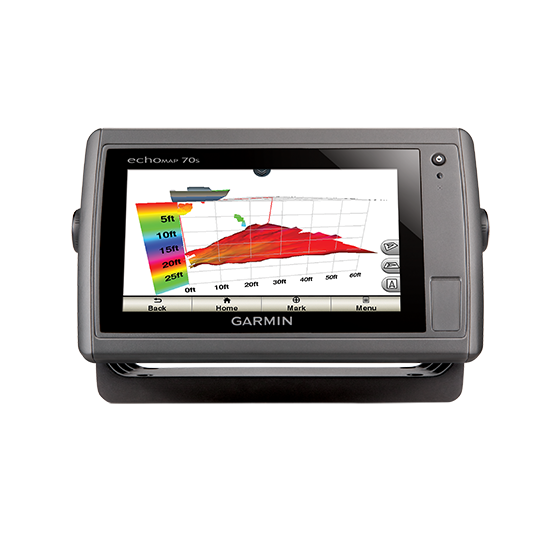

The composition of the biofilm and its potential to degrade plastics will be explored by students at National University.įor this project Ana and Rachel developed a course-based undergraduate research experience (CURE) around the topic of ocean plastics. If you look closely you can see the biofilm developing on the plastic wafers inside the cage. Like the subtropical gyres it’s extremely low in nutrients, but the low temperatures, extreme seasonality, (seasonal) sea ice cover, and continental shelf influences make it very different from the lower-latitude oceans.Ī microbial colonization pilot experiment attached to our mounting bracket on the SIO Pier in May. The central Arctic Ocean is a weird place and we know very little about how these processes play out there.
#Garmin homeport tutorial series#
Co-PI Brice Loose at URI and I will be carrying out a series of experiments to better understand how microbial community structure and ecophysiology control fluxes of O 2 (as a proxy for carbon) and methane in the central Arctic Ocean. It only took six years and two tries, but we’ve officially received NSF support to join the MOSAiC expedition. I first attended a MOSAiC workshop in 2012 (when I wrote that first blog post).

This will provide for continuous time-series observations across the complete seasonal cycle, and an opportunity to carry out a number of key experiments.

The basic idea is to drive the German icebreaker Polarstern into the Laptev Sea in the Fall of 2019, tether it to an ice flow, and allow it to follow the circumpolar drift ( Fram style) for a complete year. MOSAiC was conceived as a coupled ocean-ice-atmosphere study to understand key climatic and ecological processes as they function in the “new” Arctic. This is a problem for climate modelers whose parameterizations and assumptions are based on observational records largely developed in the “old” Arctic. The Arctic has changed a lot over the last couple of decades, as evidenced by the shift from perennial (year long) to seasonal sea ice cover. A loooooong time ago when I was a third year PhD student I wrote a blog post that mentioned the Multidisciplinary drifting Observatory for the Study of Arctic Climate ( MOSAiC) initiative. This has been a (rare) good week for funding decisions. The predicted drift track of Polarstern during MOSAiC, taken from the MOSAiC website.


 0 kommentar(er)
0 kommentar(er)
